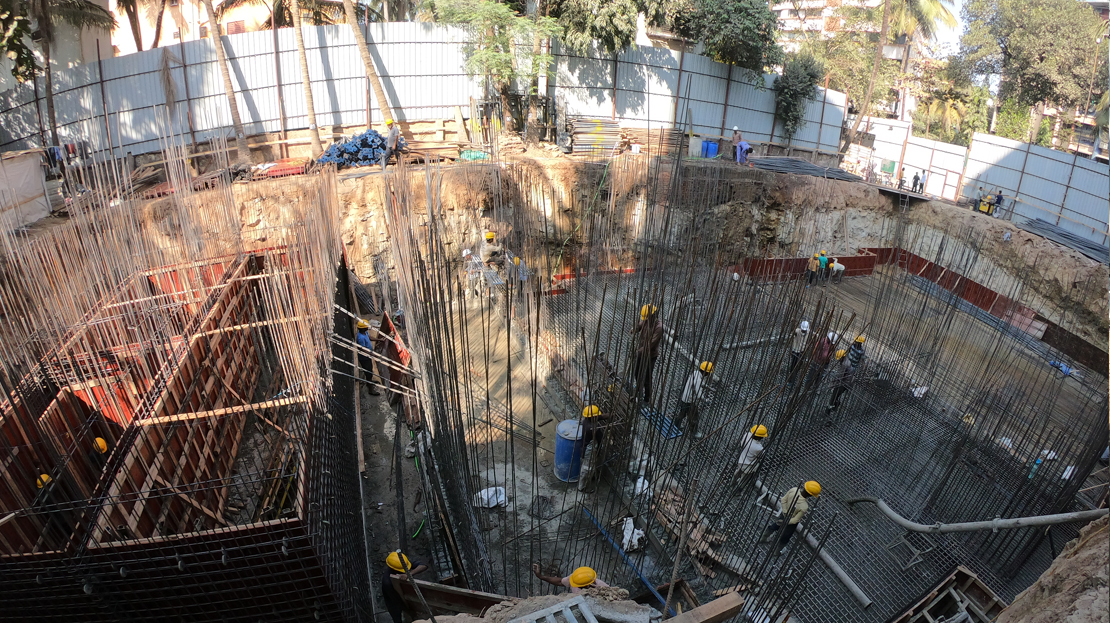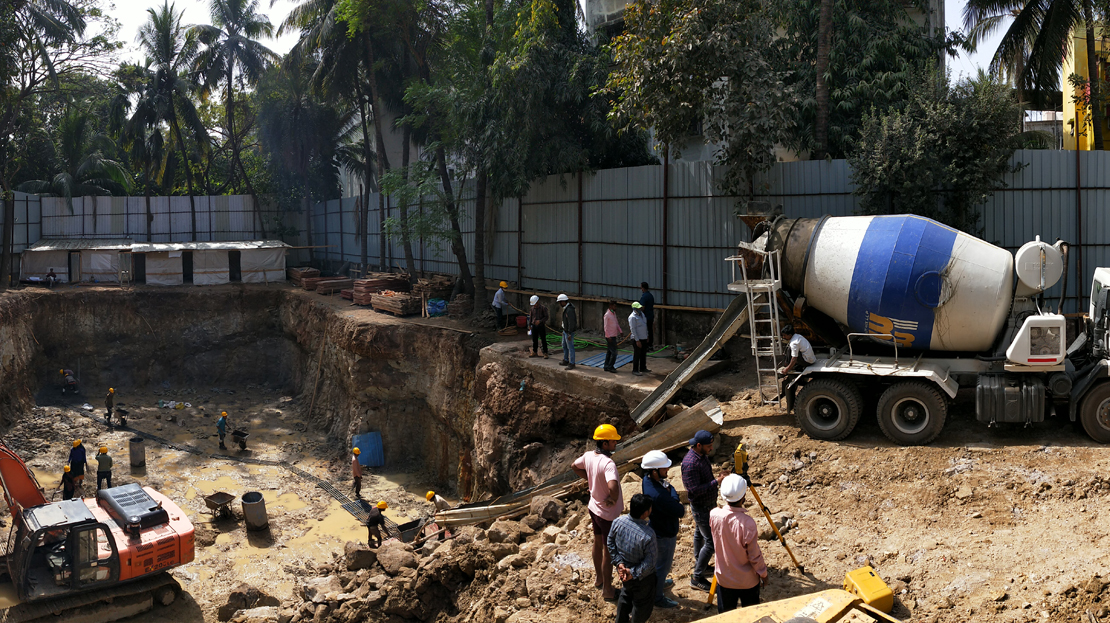
Deconstructing the 6 stages of a construction project
Every project starts with a dream – a vision. This is the stage where ideas are pooled in, and the right one is given wings through extensive research. It is from here that the due process begins in finding the right location and in establishing standard practices.
The idea stage may vary in duration due to the nature of the project. It can take anywhere from a few days to a few months or more, and is therefore entirely dependent on the urgency in completing the project.
Once the project idea is locked in, it is time to deliberate on the blueprint. This is still a preliminary stage, which means that there are no guarantees. However, to expedite the process, we at Modispaces enter into precursory discussions with the client. This is usually followed by the bidding process.
The blueprint stage is led by an architect or engineer, who ensures that state regulations and codes are met while staying true to the vision of the project owner.
The blueprint stage is complete when it meets four objectives. These include programming and feasibility, schematic design, design development, and contract documents.
During the programming and feasibility step, each of the objectives and goals of the project are highlighted and corresponding infrastructure details are designed to meet these specifications.
The schematic design is an illustration of the project space, which also showcases materials, colours, and textures to be used. This sketch stands as a reference for design development. It also aids in researching for the right equipment and sourcing relevant material costs.
Once contract documents are drawn, the blueprint is close to being finalised, because it contains the final drawings with their respective specifications. These documents are used by us in the bidding stage of the project.
Once the bidding is out of the way, a contractor is selected to perform the tasks at hand. He, in turn, puts together a project team that works in tandem to meet specific targets.
Typically, a project team is assigned the responsibility to prepare the construction site before the work begins. As a thumb rule, the team comprises of people with specialities in:
- Contract Administrator
- Project manager
- Site Superintendent
- Site Engineer
- Health and Safety manager
A thorough site examination, with the contractor, allows the project team to identify or anticipate any environmental challenges that could hamper the development process. Elaborate soil testing is also conducted to tie all loose ends in this crucial stage.
When all the information is documented, plans and findings are reviewed by civic authorities. The procedure is usually a lengthy, albeit necessary one – as all concerns and opinions are usually voiced and addressed here.
In this stage, the project team orders and procures materials, equipment, workforce and other necessary requirements. This stage of the project can have its fair share of challenges due to conditions such as project size, resource availability and mutual consensus on the start date.
We, at Modispaces, have our own procurement team where we simultaneously hire labourers and order equipment and materials for a number of projects.
To ensure transparency and clarity a pre-construction meeting is conducted prior to full-fledged construction activities. The meeting covers various facets including relevant information on the following subjects:
- How to access the construction site
- How and where to store all materials
- The man hours needed to complete various stages of the project within the stipulated time
Each worker may be given his own schedule. But this schedule isn’t fixed and is subject to change depending on the role of each project agent. A subcontractor, for example, cannot commence his part of the work if certain aspects of the job aren’t completed by then. This is where efficient planning comes into the picture, which otherwise, can cause serious delays and budget overruns.
Upon conclusion of the meeting, and after having addressed all queries and concerns, the first step of the project can get underway. It is imperative to have planned everything to the finest details to ensure a smooth flow of operations. However, challenges that arise even after this stage can be handled without any impediment to work.
To avoid any snags while planning our construction projects, we at Modispaces, use a BIM model.
Once all the work on the job site is executed, a few more steps need to be taken before handing over the keys to the building.The final stage of the construction project is divided into three steps:
Commissioning of new construction building
A thorough inspection of the entire building is mandatory to ensure all loose ends are tied up. If everything prior to this is done by the book, these inspections are smooth and uneventful.
Once all the boxes are ticked, the project team instructs and trains the client in operating and maintaining the newly built structure. This is of vital importance because the client gains crucial insights into increasing the lifecycle of the structure.
Owner occupancy
The owner takes possession of the building once this training session is complete. Immediately hereafter, the warranty period of the premise commences. This reassures the project owner that he has a sufficient timeframe in which to examine the different systems, equipment, and materials used – and have them repaired/replaced if the need arises.
There are typically three types of warranties in construction:
- Express warranty: Normally included in the contract.
- Implied warranty: Imposed by law.
- Statutory warranty: Introduced in a state’s regulations.
Closure
As the name suggest, this is the final step in a lengthy, yet fruitful, process of designing and completing a construction project. The project team does its due diligence in overhauling contractual agreements and ensuring the project is free from any legal obligations.
It makes good sense to simultaneously conduct a post-project review. This helps the agents detect any glitches, analyse the reasons for such discrepancies, and provide timely insights to prevent them from recurring.
A post-project review is often the foundation for the creation of an in-depth project completion report as well.
To conclude
Eventually, every stage of a construction project is a chain of tasks, decisions, and diverse tools. How intricate a project is depends vastly on the size and type. In any case, certain steps are sacrosanct to the process, and can’t be avoided.
It is vital to maintain impeccable communication between the different stakeholders. So is the need to make decisions based on facts. These are fundamental pillars in streamlining a construction project. And, we at Modispaces, take great pride in our ability to complete all phases of a project within the agreed timeframe and budget.












